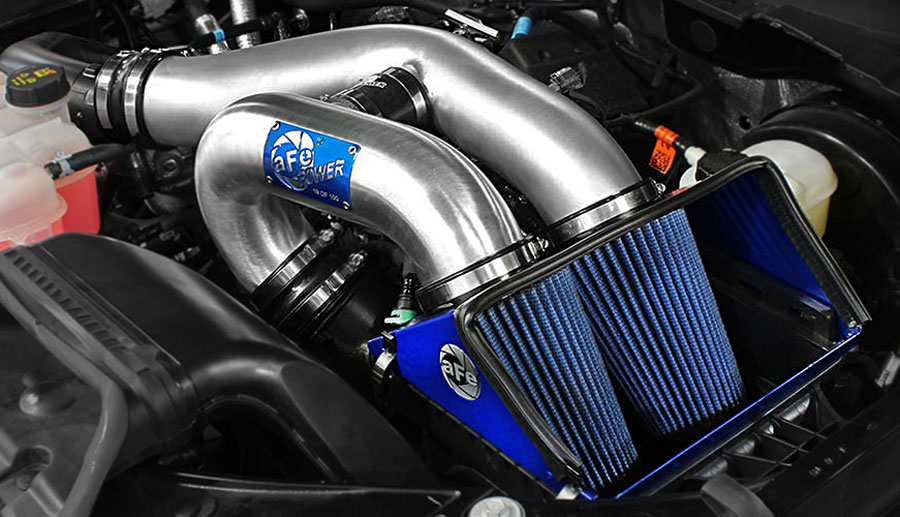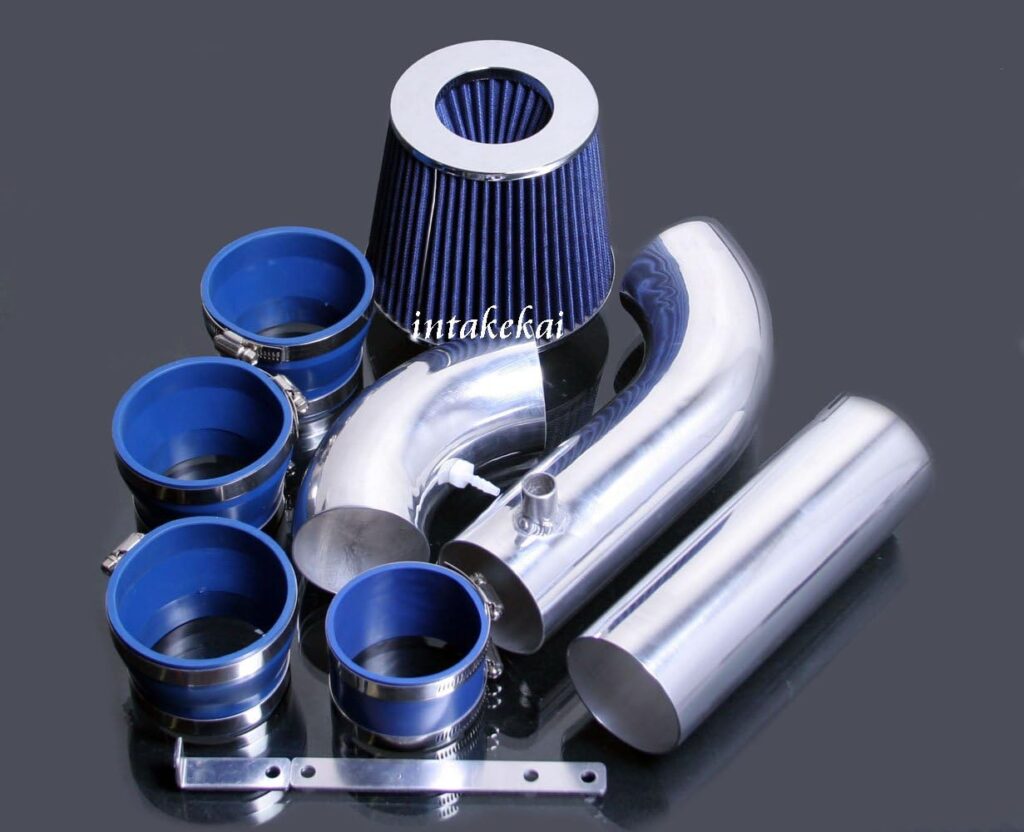A cold air intake is an essential modification for car enthusiasts looking to enhance their vehicle’s performance. By replacing the factory air intake system, a cold air intake allows your engine to draw in cooler, denser air, which can result in increased horsepower, improved fuel efficiency, and better overall engine performance. In this article, we’ll explore what a cold air intake is, how it works, and the benefits it offers. We’ll also discuss some important considerations when choosing and installing a cold air intake in your vehicle.
What is a Cold Air Intake?
A cold air intake is an aftermarket system designed to improve your car’s engine performance by increasing the amount of cool air that reaches the engine. Unlike the stock air intake, which is typically located within the engine bay where temperatures are high, a cold air intake system positions the air filter outside the engine bay, often in the wheel well or near the front grille, where the air is cooler.
The primary goal of a cold air intake is to deliver cooler, oxygen-rich air to the engine. Cooler air is denser, meaning it contains more oxygen molecules per unit volume than warmer air. This increase in oxygen allows for better combustion, resulting in more power and efficiency from the engine.
How Does a Cold Air Intake Work?
A cold air intake works by drawing in cooler air from outside the engine bay. The system consists of three main components: the air filter, intake tube, and heat shield.
- Air Filter: The air filter in a cold air intake system is usually larger and more efficient than the stock filter. It’s often made from high-flow materials like cotton gauze, which allows for greater airflow while still filtering out contaminants.
- Intake Tube: The intake tube is designed to be smooth and straight, minimizing air resistance and turbulence. This allows for a more direct path for the cool air to reach the engine. The tube is typically made from materials like aluminum, plastic, or carbon fiber, which are durable and heat-resistant.
- Heat Shield: The heat shield serves to protect the intake system from the high temperatures in the engine bay. By keeping the intake components cooler, the heat shield helps to maintain the temperature of the incoming air.
When the engine is running, the cold air intake system pulls in cooler air through the filter, directs it through the intake tube, and delivers it to the engine. The cooler, denser air allows for a more efficient combustion process, which can lead to increased horsepower and torque.

Benefits of a Cold Air Intake
Installing a cold air intake in your vehicle offers several benefits that make it a popular modification among car enthusiasts:
1. Increased Horsepower
One of the most significant benefits of a cold air intake is the potential for increased horsepower. By providing the engine with cooler air, which is denser and contains more oxygen, the combustion process is more efficient. This efficiency can lead to a noticeable increase in horsepower, typically ranging from 5 to 20 horsepower, depending on the make and model of the vehicle.
2. Improved Fuel Efficiency
In addition to increased power, a cold air intake can also improve fuel efficiency. When the engine burns fuel more efficiently, it requires less fuel to produce the same amount of power. This can result in better gas mileage, especially during highway driving where the engine operates at a steady speed. However, it’s important to note that driving habits and other modifications can also impact fuel efficiency.
3. Enhanced Engine Sound
For many car enthusiasts, the sound of the engine is just as important as its performance. A cold air intake can enhance the engine’s sound, giving it a deeper, more aggressive tone. This is because the system allows more air to flow into the engine, which can create a louder intake noise when the throttle is opened.
4. Longer Engine Life
A cold air intake can also contribute to a longer engine life by providing cleaner, cooler air. The high-flow air filter is designed to capture more dirt and debris than a standard filter, which helps protect the engine from contaminants. Additionally, by reducing the engine’s operating temperature, a cold air intake can help prevent overheating and reduce wear and tear on engine components.
Considerations When Choosing a Cold Air Intake
While a cold air intake offers numerous benefits, there are a few important considerations to keep in mind before making a purchase:
1. Compatibility
Not all cold air intakes are compatible with every vehicle. It’s essential to choose a system that is specifically designed for your make and model to ensure proper fitment and performance. Many manufacturers offer cold air intakes that are designed to be a direct replacement for the stock system, making installation easier.
2. Legal Compliance
Some cold air intakes may not be legal for street use in certain areas due to emissions regulations. Before installing a cold air intake, check the regulations in your area to ensure the system you choose is compliant. Many manufacturers offer products that are CARB (California Air Resources Board) certified, which means they meet emissions standards and are legal for use in all 50 states.
3. Installation Difficulty
Installing a cold air intake can vary in difficulty depending on the vehicle and the specific system. Some intakes are designed for easy installation with basic hand tools, while others may require more advanced mechanical skills. If you’re not comfortable with the installation process, it may be best to have a professional perform the installation.
4. Maintenance
While a cold air intake requires relatively low maintenance, it’s important to keep the air filter clean to ensure optimal performance. Many high-flow air filters are washable and reusable, making maintenance simple. However, it’s essential to follow the manufacturer’s recommendations for cleaning and re-oiling the filter.
Conclusion
A cold air intake is a popular and effective modification for enhancing your vehicle’s performance. By delivering cooler, denser air to the engine, a cold air intake can increase horsepower, improve fuel efficiency, and enhance engine sound. When choosing a cold air intake, it’s important to consider compatibility, legal compliance, installation difficulty, and maintenance requirements. With the right system, a cold air intake can be a valuable upgrade that offers both immediate and long-term benefits for your vehicle.



